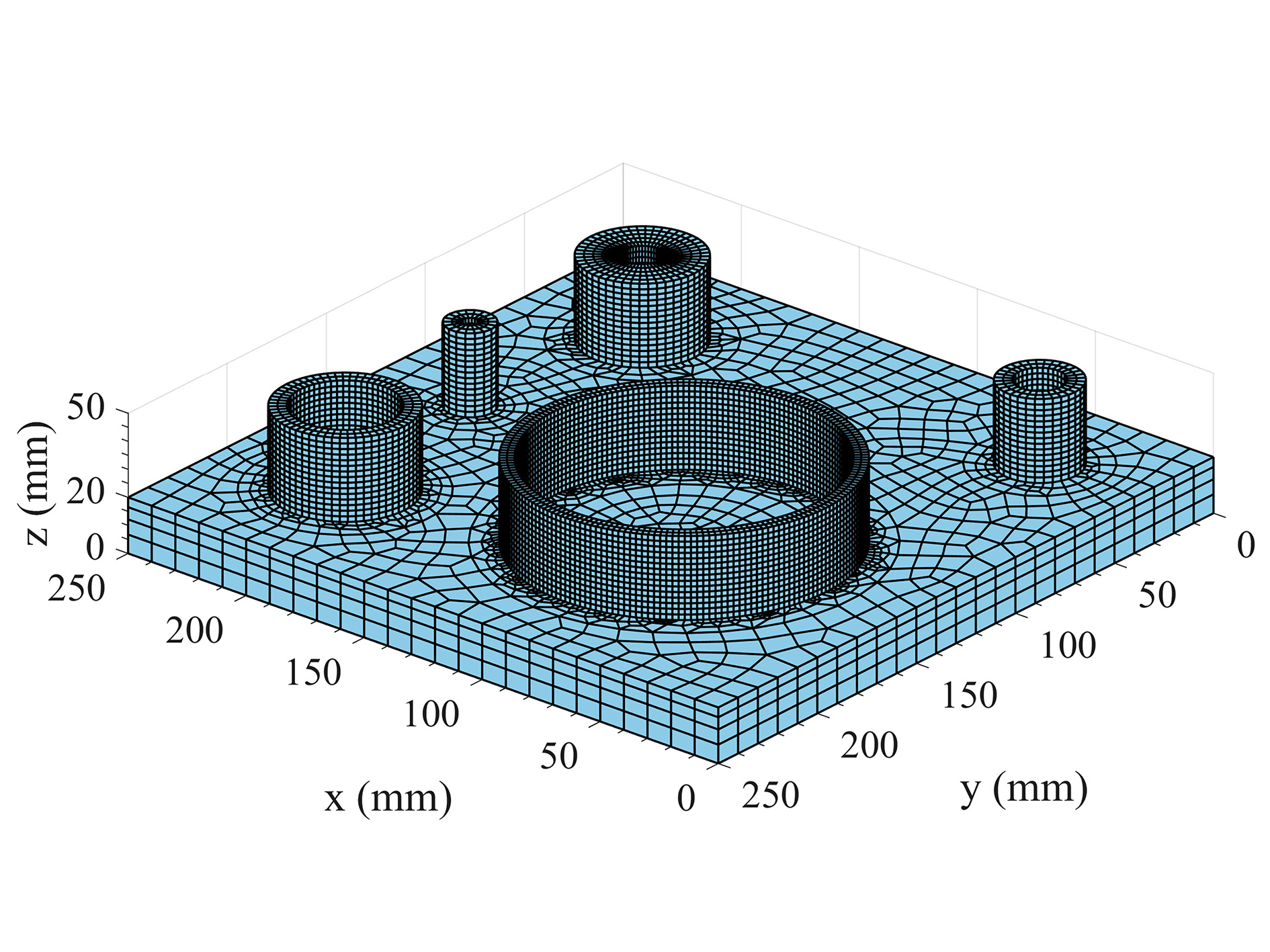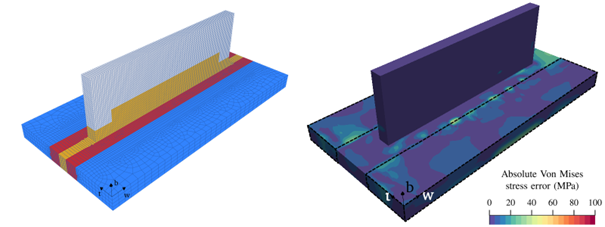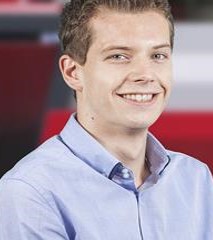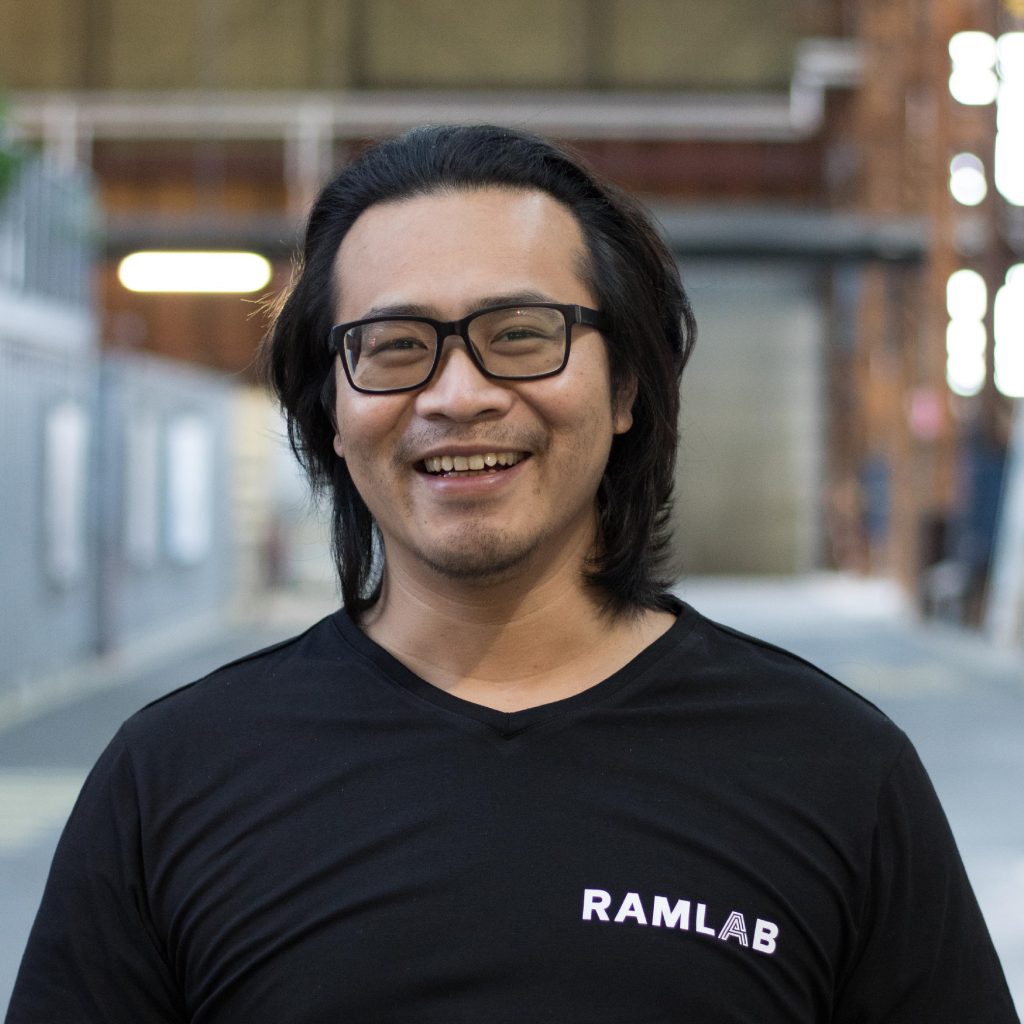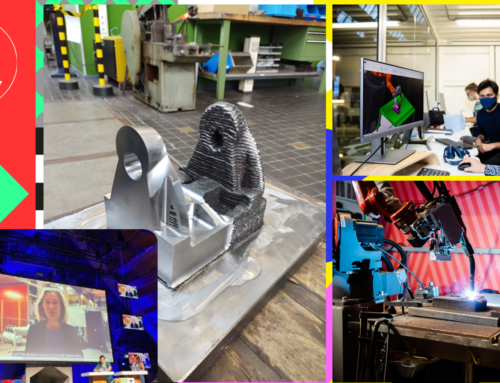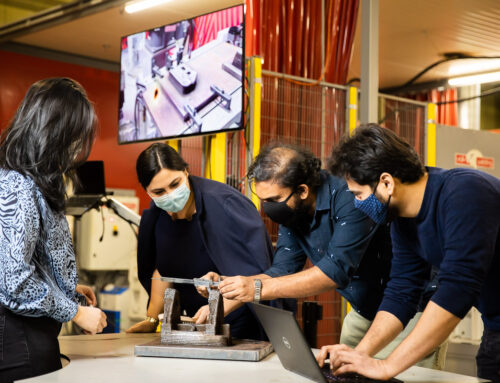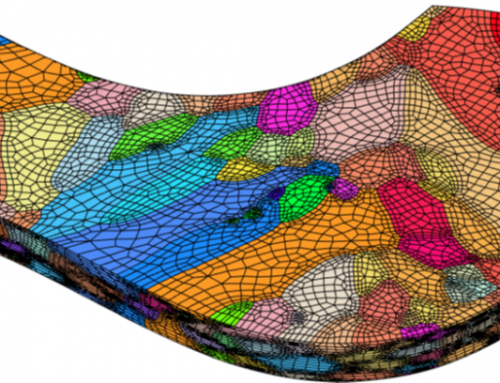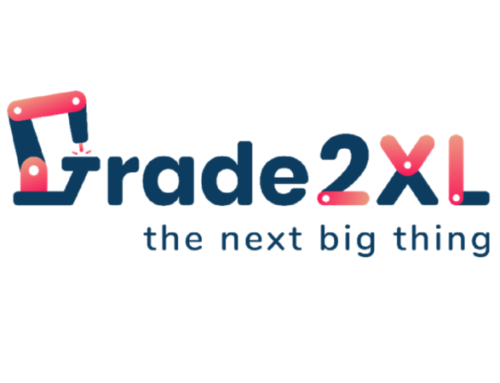Project Description
Key information
Project in the Spotlight: S17024k/P16-46
Market: Additive Manufacturing
Written by M2i Program Manager: Viktoria Savran
Introduction
The demand for high-quality large-scale products increased significantly in the last few years. Products of considerable size are often heavy and cumbersome and require longer setups and larger tools to be produced. This leads to higher manufacturing costs and longer lead times. Wire-arc additive manufacturing or WAAM is one of the additive manufacturing (AM) technologies allowing the production of large 3D metallic components by depositing material layer by layer. Very large parts in the order of meters can be 3D printed using WAAM. Due to its high deposition rate and low capital investment, the costs for WAAM are much lower than other AM technologies, making this technique very attractive for many industrial applications. There are however some challenges associated with WAAM that limit its wide industrial acceptance. M2i together with the University of Twente and RAMLAB have aligned significant industrial participation across the entire value chain and initiated an ambitious, fundamental research programme, “AiM2XL: Additive Manufacturing of Large Scale components”, designed to overcome the barriers limiting the full exploitation of WAAM.
Project goal and outcomes
In AiM2XL focus is laid on the additive manufacturing of large-scale (∼ 1 to > 10 m) metallic components. For large metal parts, AM provides possibilities to locally tailor material properties by exploiting process conditions or creating graded microstructures. The nature of the WAAM process, however, inevitably leads to residual stresses and distortions, influencing the mechanical behaviour under service conditions and hence the durability. To have good process control, a better understanding of the relationship between process parameters, process conditions and resulting stresses and distortions is needed. It is necessary to develop strategies for stress and distortion control and a priori quality control to reduce production losses.
Björn Nijhuis, in his research project S17024k, which is part of the AiM2XL programme, worked on the development of an efficient thermomechanical simulation model to gain insight into the relation between process parameters and the evolution of temperatures, deformations and stresses distributions during printing to enable process optimisation and define better production procedures.
A thermal model for the efficient simulation of large-scale metal AM processes was developed and implemented in MATLAB. It employs a simplified heat input method, in which newly-deposited elements are initiated at elevated temperature. As such, heat input and material addition are combined in a straightforward manner. To correctly handle the initial temperature discontinuity between the newly-deposited elements and the already-present substrate elements, the discontinuous Galerkin finite element method (FEM) is used for the discretization. The resulting solution scheme can perform computations on an element-by-element basis, so it can easily be parallelized to improve efficiency. It furthermore naturally allows the implementation of local time stepping, with which elements of larger size require less frequent temperature updates than smaller elements, improving the computational efficiency through reducing the simulation time and the number of computation steps. Validated with experimental results from literature, the model was proven to be capable of accurately and efficiently simulating the overall thermal response during building of a large metal part.
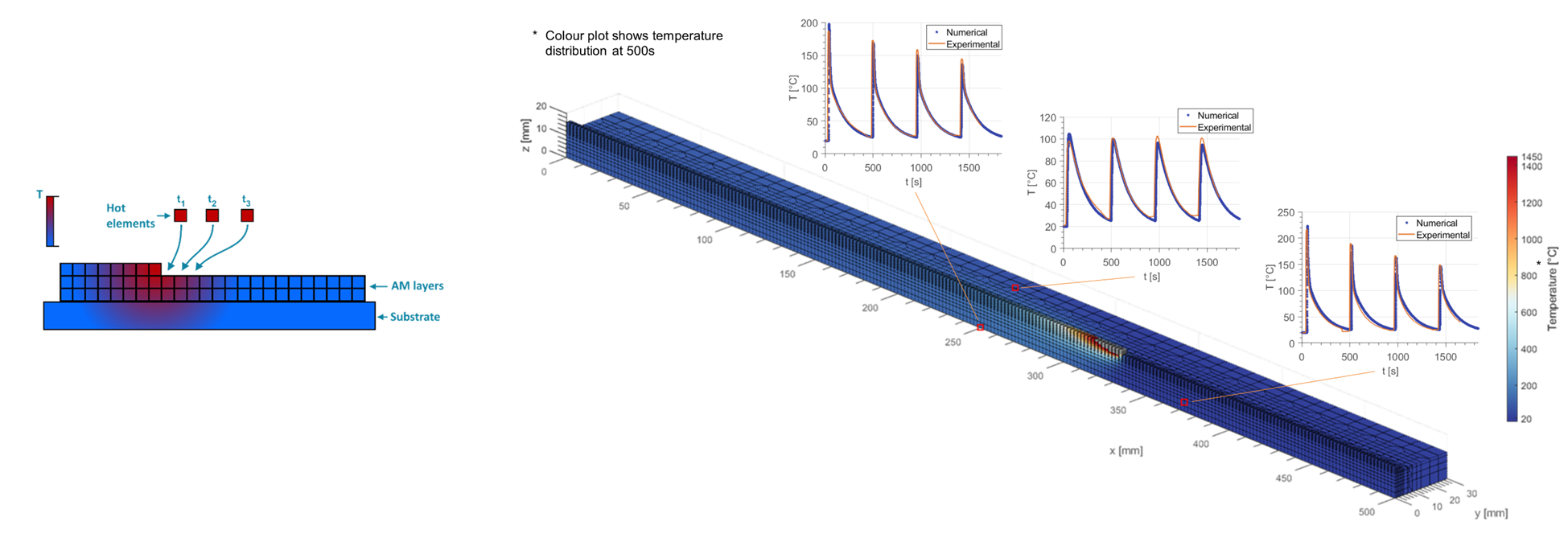
Figure 1. Schematic of the hot-element addition heat input model (left) and accuracy of temperature predictions of a large additively-manufactured part obtained with the thermal solver developed within the project (right)
Mechanical simulations of large-scale metal AM were accelerated by means of local model-order reduction. The regions of an additively-manufactured part that are far away from the heat source typically remain elastic. Instead of solving deformations in these regions with a fully-detailed finite element model, they are approximated by a limited number of deformation modes. This allows to significantly reduce the number of displacement degrees of freedom. Domain decomposition was used to subdivide the model into multiple subdomains, so that the regions that behave linearly can be reduced. Only a few fully-detailed simulation steps are needed to establish the deformation modes for the linear subdomains, after which these modes can be used to reduce the model. The reduced-order model was capable of achieving runtime reductions of over 70%, while still accurately predicting deformations, stresses and plastic strain within the deposited material.
Figure 2: Overview of geometry used to test the reduced-order model (left). The coloured regions are modelled reduced-order during the simulation. The accuracy of stress predictions obtained with the reduced-order model are shown to the right.
The project S17024k got NWO-TTW funding (P16-46) in 2017-2021 as part of AiM2XL[1] programme. Björn Nijhuis has worked in the group of prof. Ton van den Boogaard, co-supervised by dr. Geijselaers and dr. Havinga. The AiM2XL programme is coordinated by prof. Fred van Keulen (TU Delft). Industrial company RAMLAB, next to financial support, supported the project with testing and validation at industrial environment.
[1] AiM2XL – Additive Manufacturing for Extra Large Metal Components – M2i – Materials innovation institute
